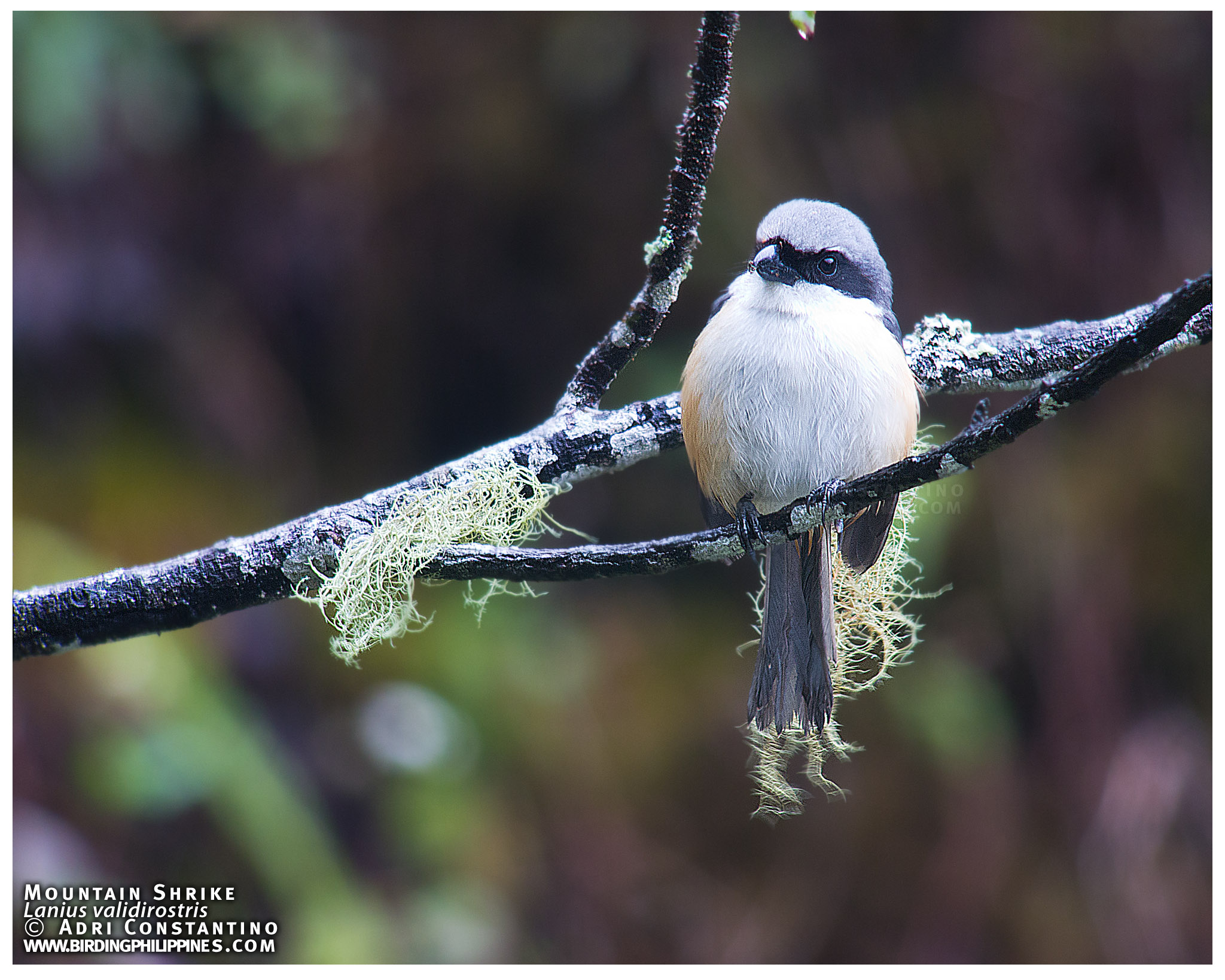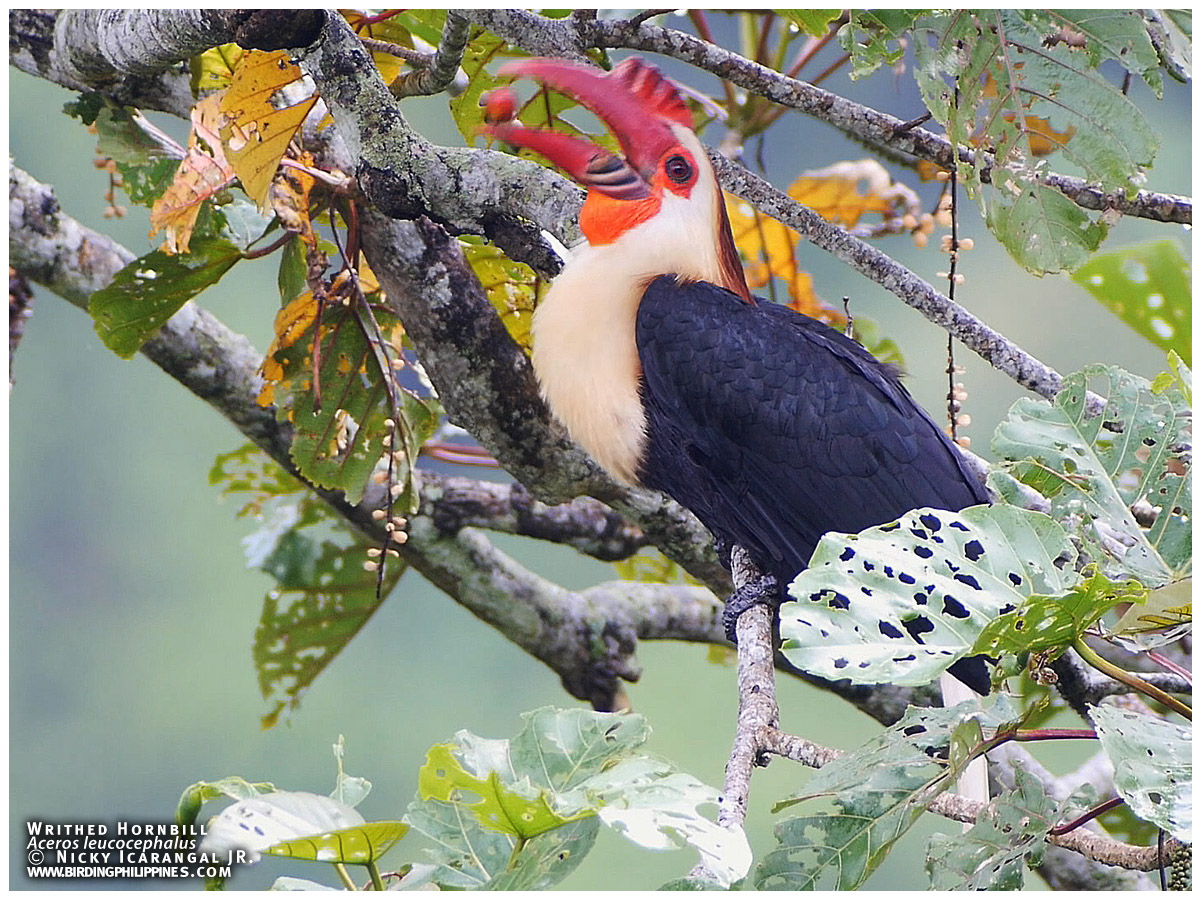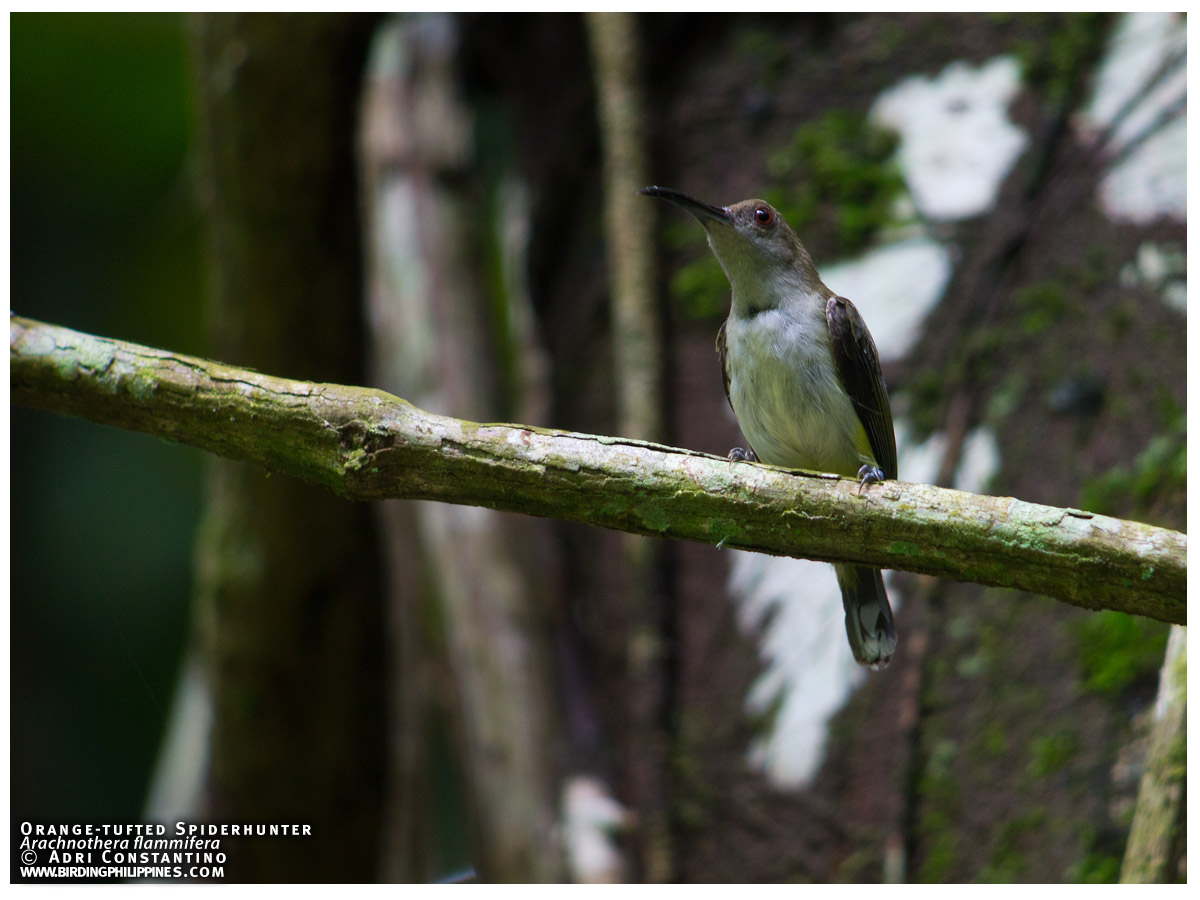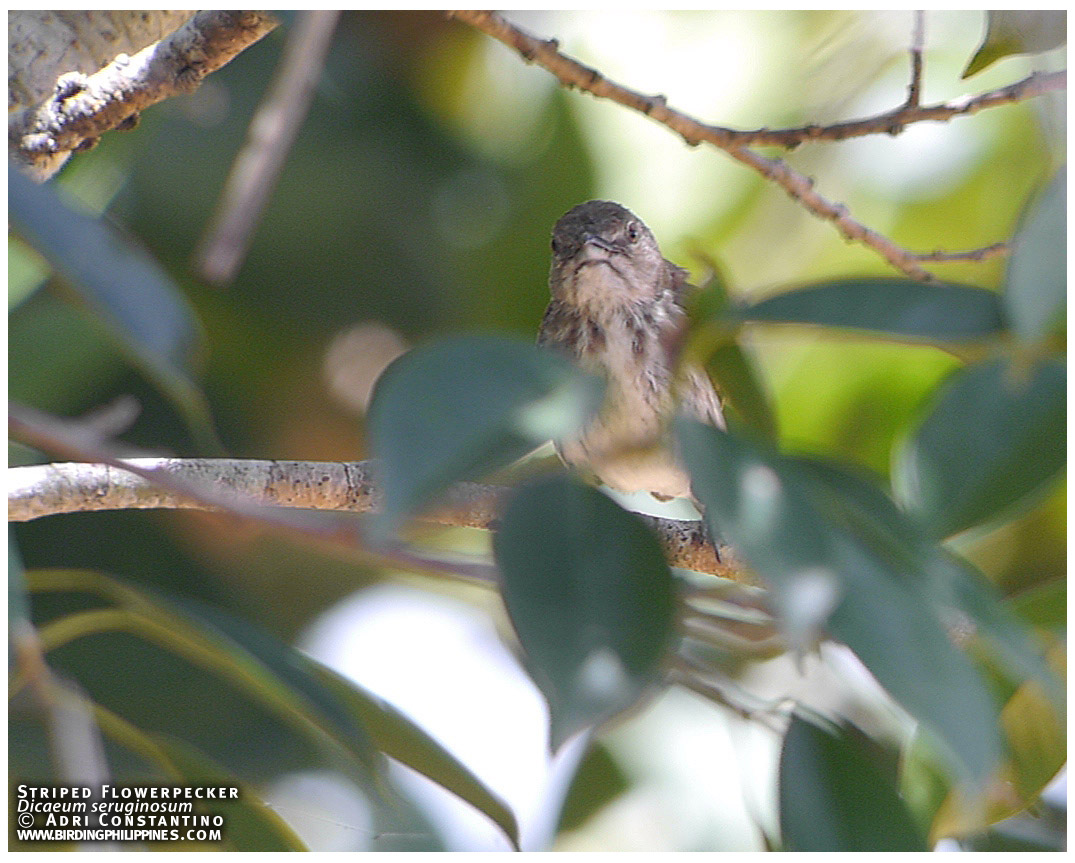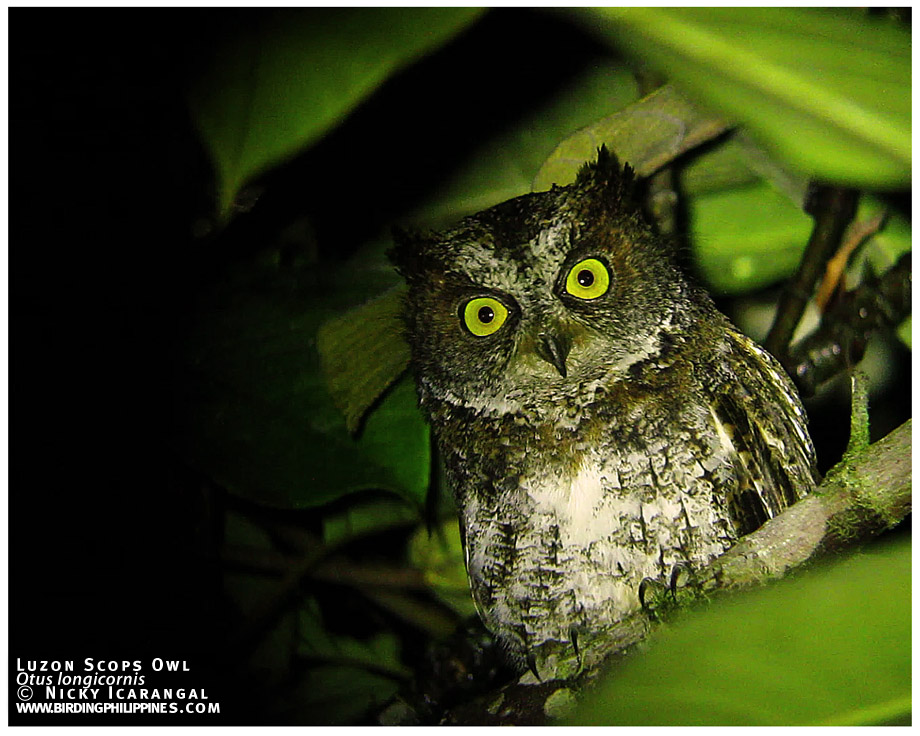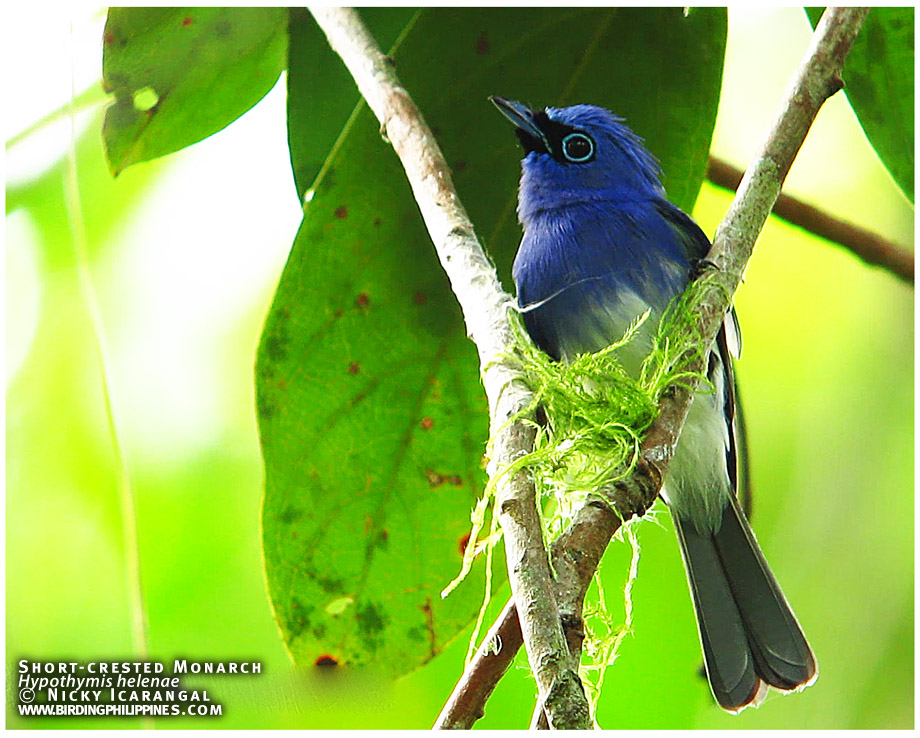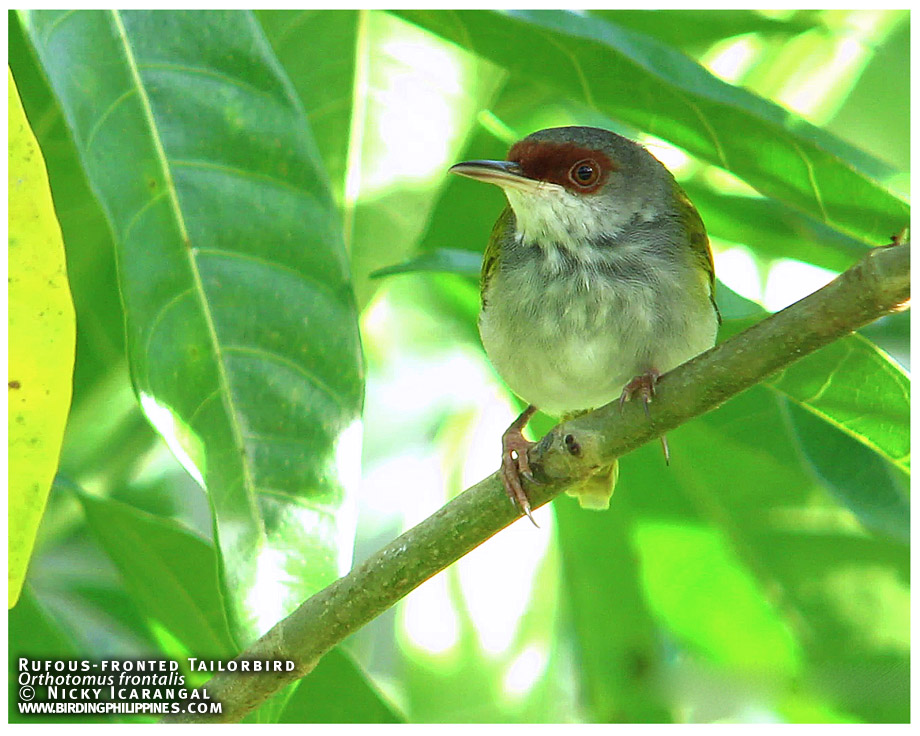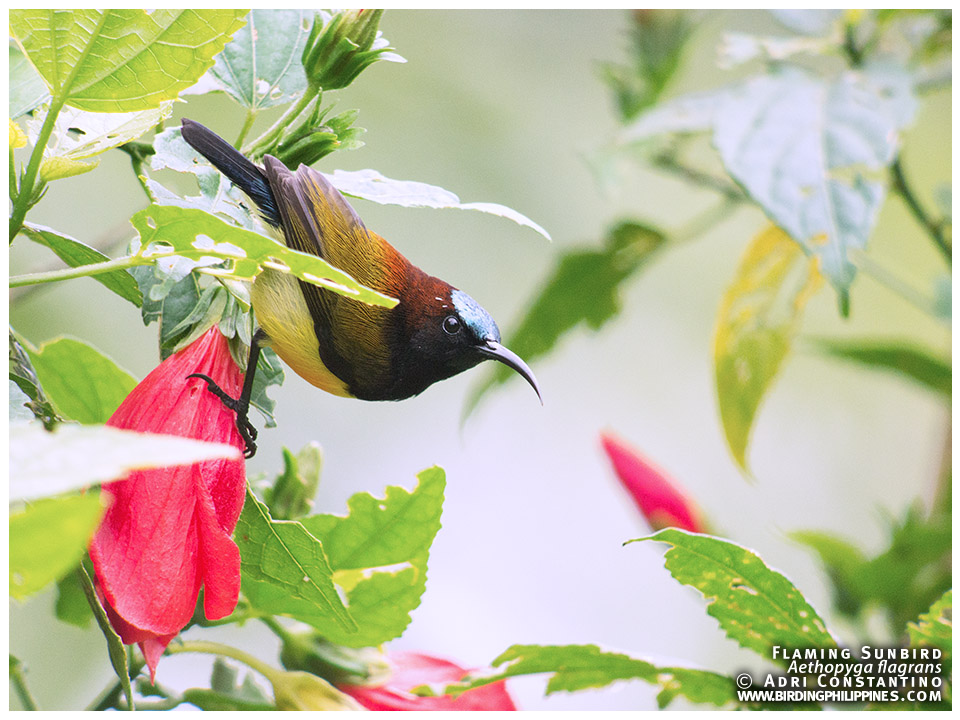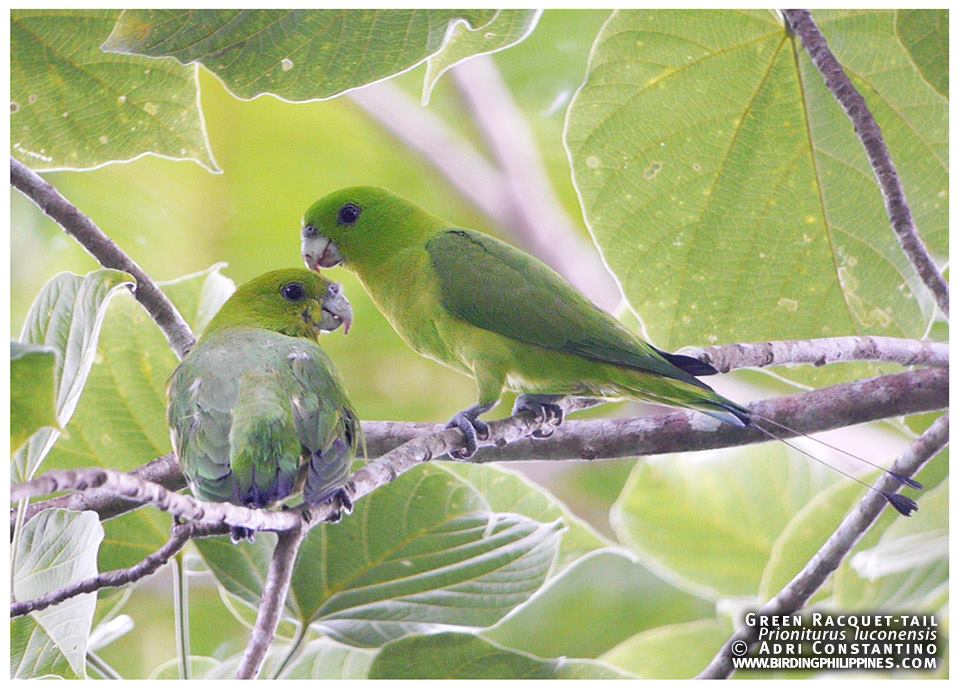Mountain Shrike from the Cordilleras [HD]
The Mountain Shrike is a high elevation endemic found only in the islands of Luzon, Mindoro and Mindanao. It prefers clearings and open areas adjacent to montane forest and is a prolific hunter, preying on lizards, small mammals like rodents and shrews and frogs. It likes to perch on branches near clearings as these provide good vantage points while looking for prey.
These are recent videos of a nice pair from Mt. Polis taken during our recently concluded 2015 Tours. An older video from 2010 showing an immature Mountain Shrike can be seen here.
Mountain Shrike, Lanius validirostris
March 2015, Mt. Polis, Mountain Province, the Cordilleras, Luzon, Philippines
Video by Adrian Constantino
Digiscoped with a Swarovski 80 ATM HD, Panasonic G3, Panasonic 20 mm F1.7 lens, Swarovski UCA (Universal Camera Adapter)

